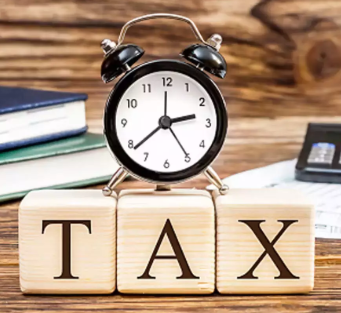Cabinet approves abolition of Ombudsman for Direct and Indirect taxes
The Union Cabinet headed by Prime Minister Narendra Modi has approved the abolition of institutions of Ombudsman for income tax and indirect tax.
The office of Income-Tax Ombudsman was set up in 2003 to deal with grievances of public related to the settlement of complaints relating to income tax.
Why did the government decide to abolish the office of Ombudsman?
The following are cited as reasons for the abolition of the Ombudsman:
- People are preferring online grievance redressal mechanism.
- The institution failed to achieve its objectives as the number of new complaints have fallen to single digits
- The institution of Ombudsman could not prove to be more effective than regular existing parallel channels of grievance redressal.
- Other mechanisms like Centralised Public Grievance Redress and Monitoring System and Aaykar Seva Kendras are being preferred by the people.
Centralised Public Grievance Redress and Monitoring System
Centralised Public Grievance Redress and Monitoring System (CPGRAMS) is an online web-enabled system developed by NIC. The platform based on web technology aims to enable submission of grievances by the aggrieved citizens from anywhere and anytime (24×7).
On the basis of the grievances received Ministries/Departments/Organisations who scrutinize and take action for speedy and favourable redress of these grievances. CPGRAMS also facilitate tracking of grievances through the system generated unique registration number.
Aaykar Seva Kendras
Aaykar Seva Kendras are established as part of I-T department’s ‘Sevottam’ scheme which seeks to change the Income-tax department’s perception from a purely enforcement agency to a service provider.
The Aaykar Seva Kendras help taxpayers file their returns and redress their grievances. They are meant to be a single window solution for all tax services.
Month: Current Affairs - February, 2019


